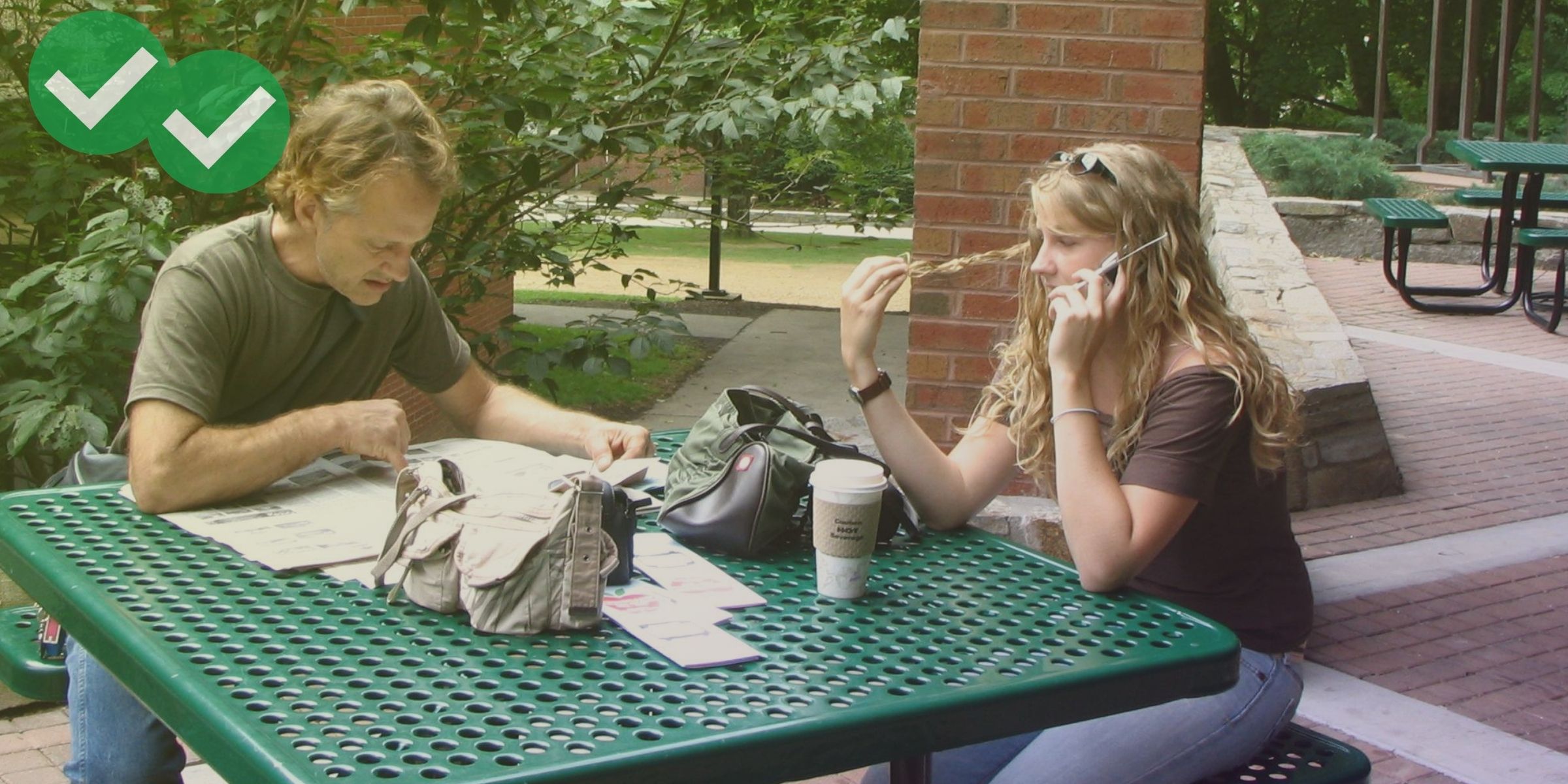
There are a number of TOEFL tasks that require you to listen to a conversation. For most of these conversations, how the speakers feel is not very important. For many TOEFL listening tracks, all you need to do understand basic information and make simple inferences. These are pretty much the same skills you use in TOEFL Reading.
However, in TOEFL Speaking Task 2, you need to actually understand the opinion of a speaker. It may be possible to understand the speaker’s opinion just by understanding the words you hear. However, it is very likely that you will miss some of what you hear at some point. Fortunately, in the second Speaking task, you can also get information about the speaker’s opinion from his or her tone of voice. The speaker’s tone of voice may sound approving, annoyed, satisfied, angry, etc…
Picking up on the feeling in someone’s tone of voice can be hard. This is especially true on the TOEFL, where you can’t see the face expressions of the speakers. Below is an activity that can help you imagine the speakers’ face expressions. This in turn will help you connect their tone of voice to their words, feelings, and opinions. The activity will help you “be there.” You’ll be able to imagine that you are present for the conversation, and not just listening to it on an MP3 track.
Listening Activity: Listen and draw face expressions
Listen to Speaking Practice Set 2: Passage, Conversation and Question – Track 9 (MP3). (The whole practice activity can be found on the TOEFL Quick Prep web page.) As you listen, look at this worksheet: In the Conversation PDF. Each picture on the worksheet is a simple drawing of the male and female speaker. The dialogue from the conversation appears beneath each picture. (Original transcript on page 37 of this PDF.) Draw face expressions on the characters. Make the face expressions match their tone of voice and what they are saying. The face expressions for the first two lines of dialogue have been drawn for you. (See “Image 2” below.)
NOTE: The linked worksheet describes Task 2 as “Task 3.” This is because the worksheet was originally created for the older, pre-2019 version of the TOEFL, which numbered the Speaking tasks differently than the 2019 TOEFL.
Image 1: Blank face expressions

Image 2: Face expressions drawn in

Male Student: Did you read this article? Are they serious?
Female Student: Yeah, I think so. Why?
As you do this activity, you should especially pay attention to the man’s tone of voice. His opinion is what you will be asked about in the quick prep activity. But listen to the woman’s tone of voice too. Her attitude is more neutral, but she still speaks with feeling as she reacts to the man’s opinions. Use your imagination. What face expressions would you be making if you were the man? How about if you were the woman? If you were nearby, looking at the face of either of the speakers, what do you think their face expression would be? Use simple lines to draw these expressions onto the blank faces.
This exercise will help you a lot with Speaking Task 2. It can also help you with other TOEFL listening exercises. Imagining the face expressions of the TOEFL speakers helps you understand their words more deeply. This skill has real-life application as well. You’ll be better able to understand English when you hear it on the radio or over the phone.






Leave a Reply